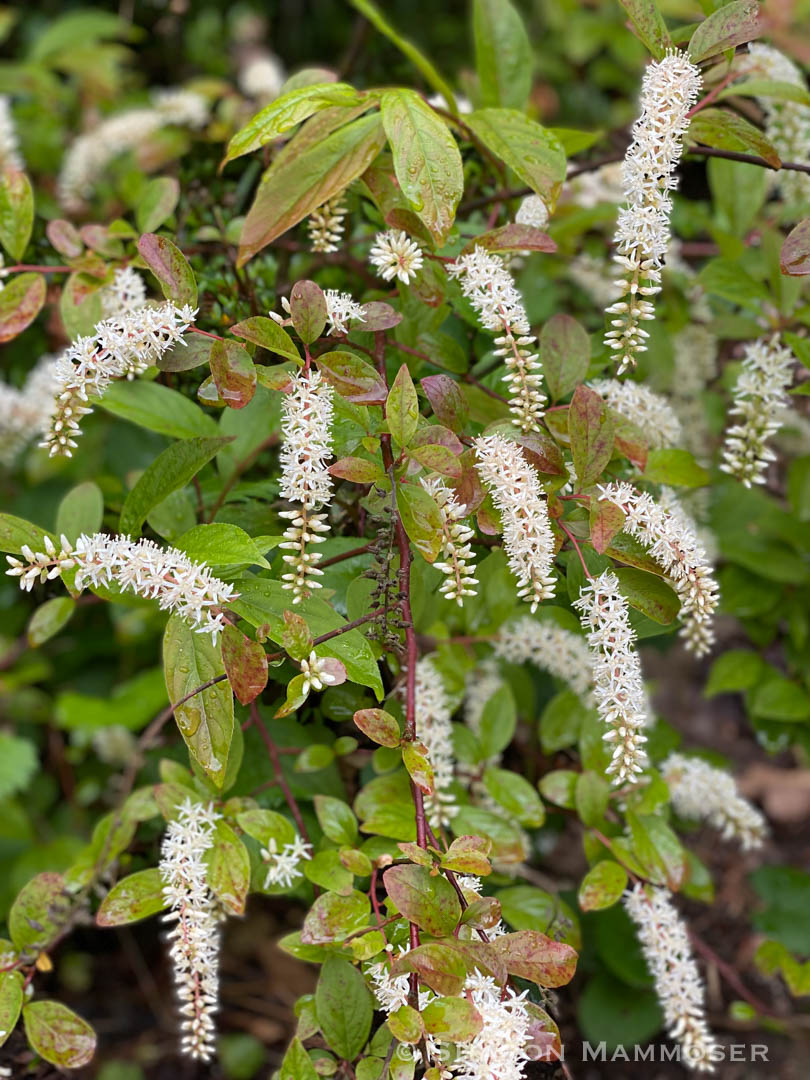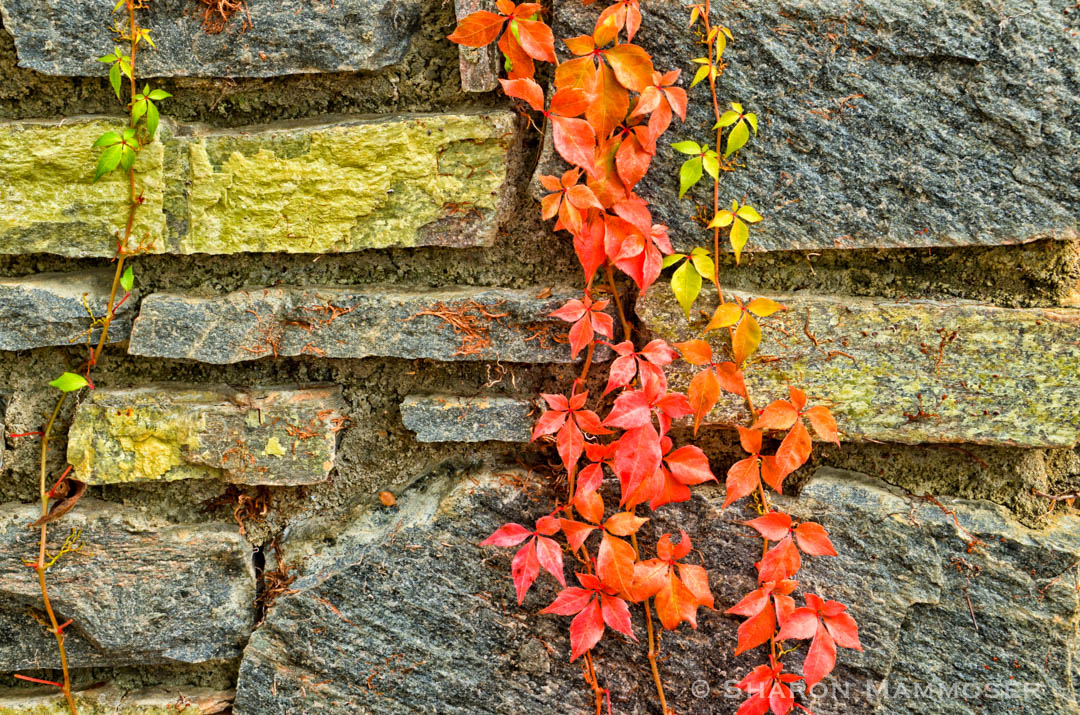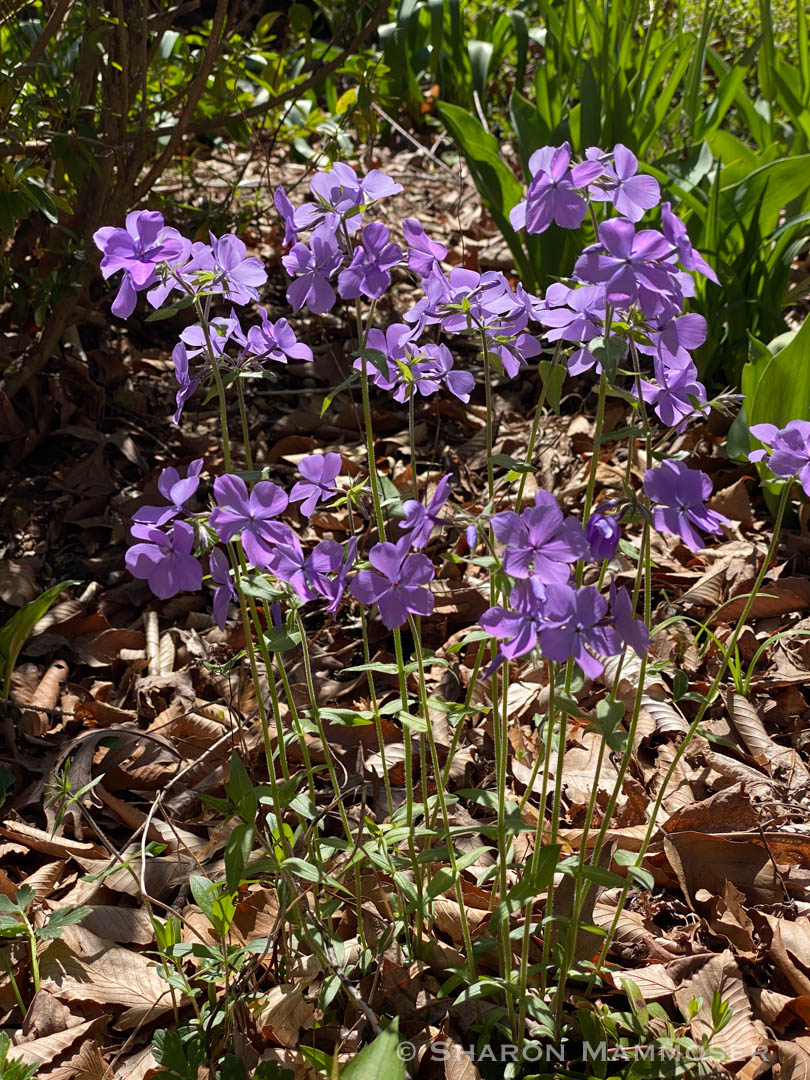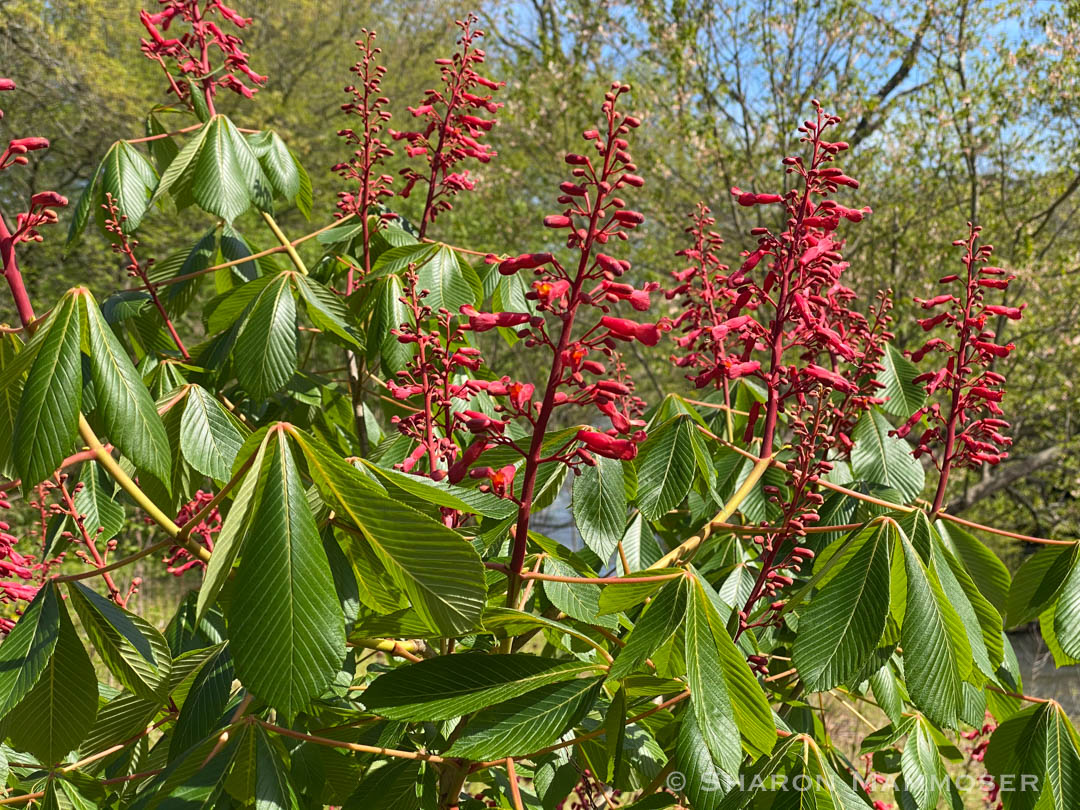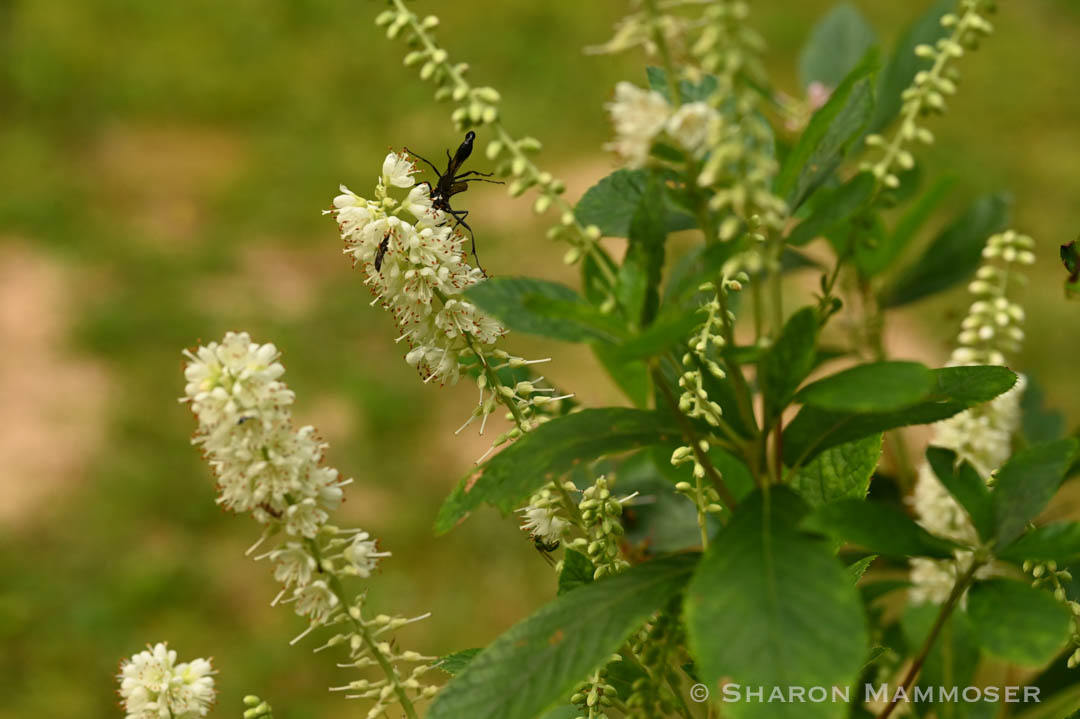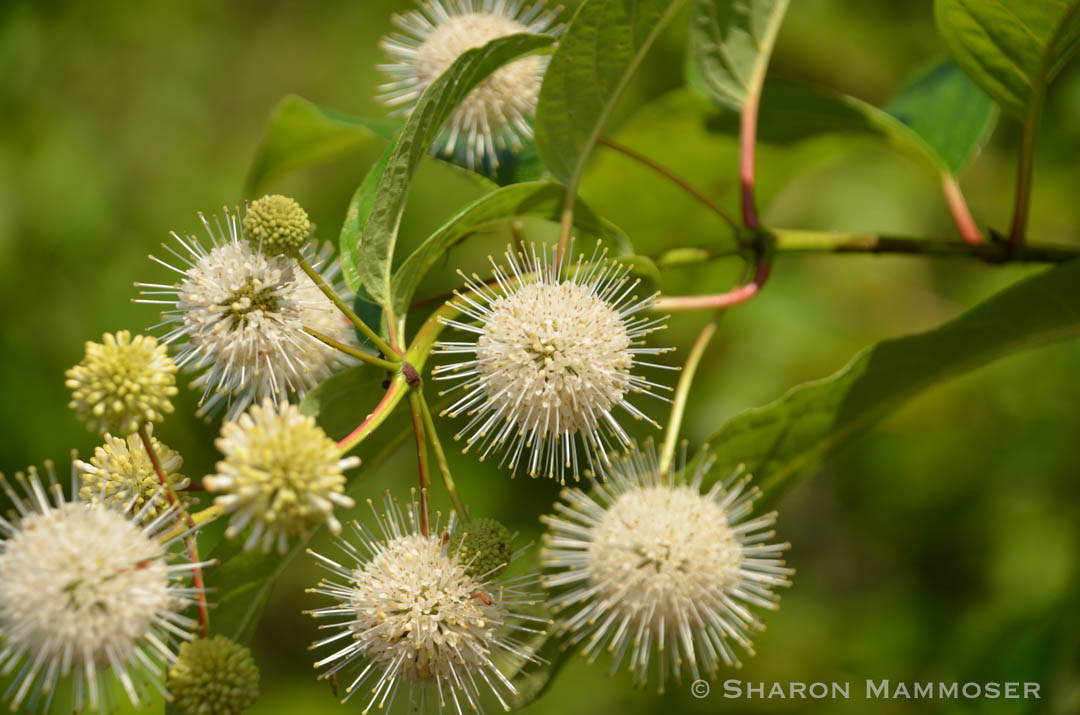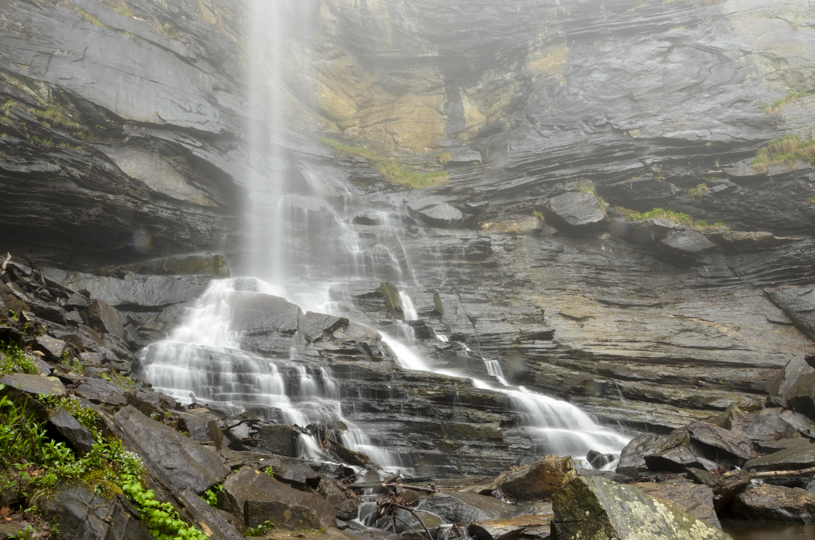In recent years awareness has grown for the importance of native plants. These are plants that are indigenous to a particular region, thereby evolving alongside of the animals in that area and naturally adapting to the soil, weather, sunlight and other conditions. When plants and animals evolve together they have complex relationships and are essential to the success of each other. An example of this is the monarch butterfly, which as you probably know, feeds only on the leaves and flowers of a plant called milkweed. There are many native species of milkweed in any given area, including species that tolerate shade, sun, wet and dry conditions.
To make the most of the space in your yard, plant native varieties of trees, grasses, ferns, shrubs, vines, and flowers. Invasive, non-native plants often out-compete the native plants. These plants grew up somewhere else in the world, like China, Asia, Africa or other places. They grow faster, often shading the natives out and even worse, the insects and other animals don’t have relationships with these plants so in general, these non-native plants have no pests. While this might seem like a good thing, it isn’t because it means they can grow unchecked, rapidly taking over areas and dominating the landscape. Kudzu is one example of this. Perhaps you’ve seen giant swaths of land covered by kudzu vines, covering everything in their path.
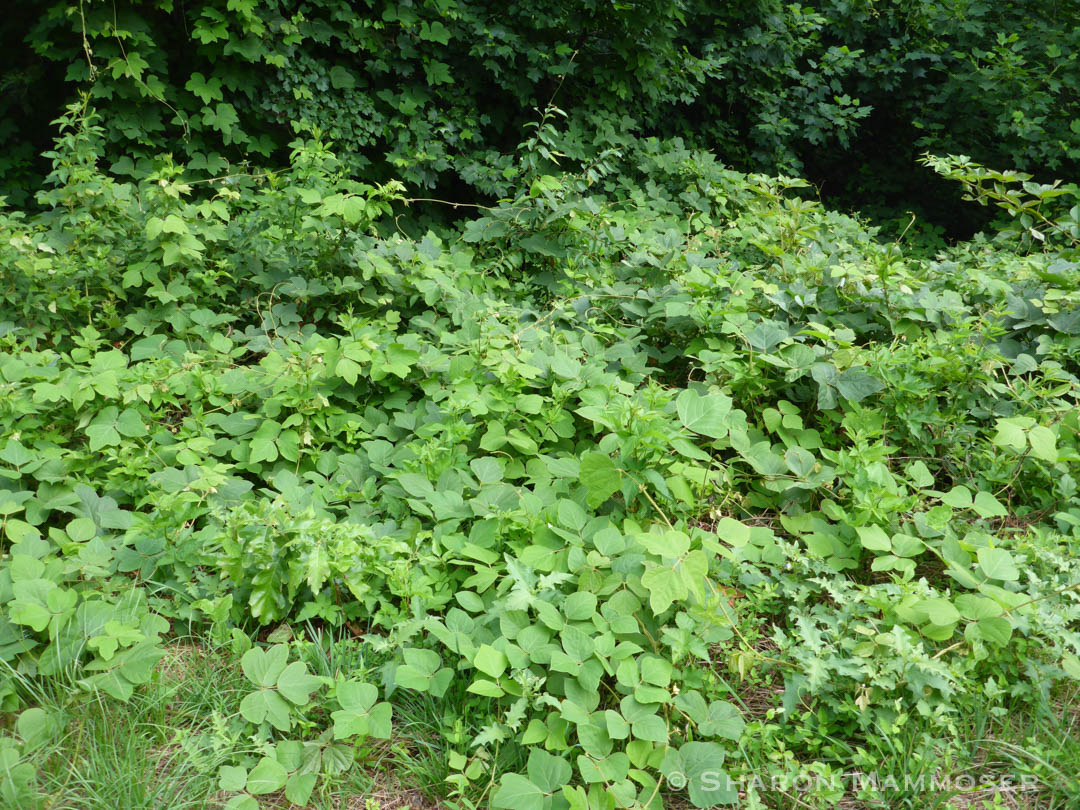
Though it may be mentally challenging to pull out a perfectly good plant, it is recommended that homeowners do just that if they want to help nature. Try as you might, invasive plants can quickly spill into nearby woods, wild spaces, and neighbor’s yards, becoming a nuisance. Birds help spread the seeds, even into areas down the road from where you originally planted these. When I moved into my yard years ago it was FULL of invasives like burning bush, heavenly bamboo, English ivy, gooseneck loosestrife, Japanese wisteria, Japanese stilt grass, oriental bittersweet, and many more. I replaced all of them with native plants, but even now, more than TEN years later, I am still finding, and battling these plants!
Being a good neighbor means choosing plants that benefit the local wildlife AND that won’t escape into nearby habitats, including your neighbor’s yard.
Here are some suggestions for what to replace your invasive plants with:
Burning Bush and Japanese Knotweed. (Both of these seed prolifically, quickly forcing out other plants and threatening biodiversity. These shrubs create large monotypic stands, forming massive root systems that don’t allow other plants space.)
Replacements:
- Ninebark (Physocarpus opulifolius)
- Dwarf Bush Honeysuckle (Diervilla lonicera)
- Fothergilla major ‘Mount Airy’
- Red Chokeberry (Aronia arbutifolia) or Black Chokeberry (Aronia melanocarpa)
- Serviceberry (Amelanchier alnifolia)
- Winterberry (Ilex verticillata)
- Clethra (Clethra alnifolia)
- Virginia Sweetspire (Itea virginica)
Heavenly Bamboo, Nandina (Originally from Asia, these shrubs have gorgeous red berries that look like they’d be great for birds. However, the berries contain cyanide, which can poison, sicken and even kill birds who dine on the berries. )
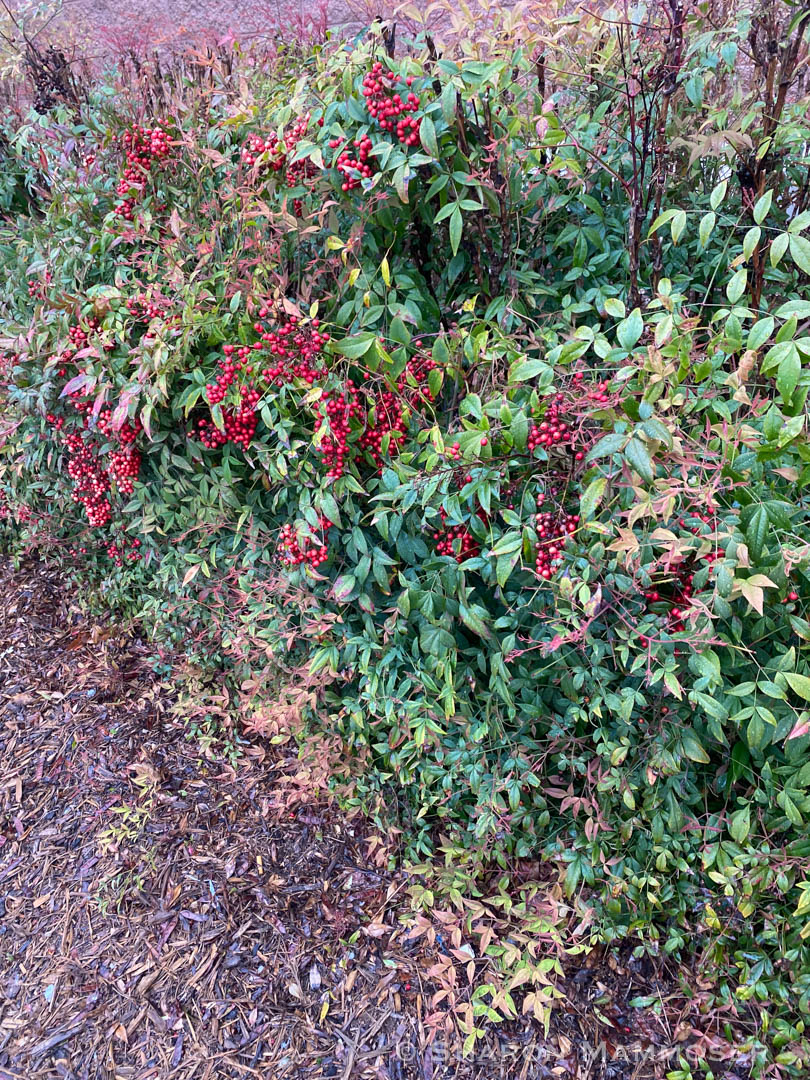
Replacements:
- American beautyberry (Callicarpa Americana)
- Carolina Allspice (Calycanthus floridus)
- Buttonbush (Cephalantus occidentalis)
- Summersweet (Clethra alnifolia)
- American Strawberry Bush (Euonymus americanus)
- Shrubby St. John’s Wort (Hypericum prolificum)
Butterfly Bush, Buddleja. (Native to China, and sold at just about every nursery, this gorgeous shrub does attract a lot of butterflies, but does more harm than good. One flower spike may contain 40,000 seeds! These seeds travel far distances by way of water, or wind. It has an 80% germination rate, and the seeds remain viable for 3-5 years. Unlike many of our native shrubs and other plants, NOT ONE butterfly or moth feeds on the leaves of this plant. These plants are difficult to manage once established. )
Replacements:
- Bottlebrush Buckeye (Aesculus parviflora)
- Lead Plant (Amorpha canescens)
- Buttonbush (Cephalantus occidentalis)
- Summersweet, also called Sweet Pepperbush (Clethra alnifolia)
- New Jersey Tea (Ceanothus americanus)
- White Meadowsweet (Spiraea alba)
- Virginia Sweetspire (Itea virginica)
Bradford Pear and Callery Pear, also Empress Tree (Paulownia tomentosa) (These trees may be beautiful in the spring, but wow, they can wreak havoc on an ecosystem in a short period of time! In addition they smell bad, have weak branches that easily break under harsh weather conditions and do not provide benefits to our local wildlife. )
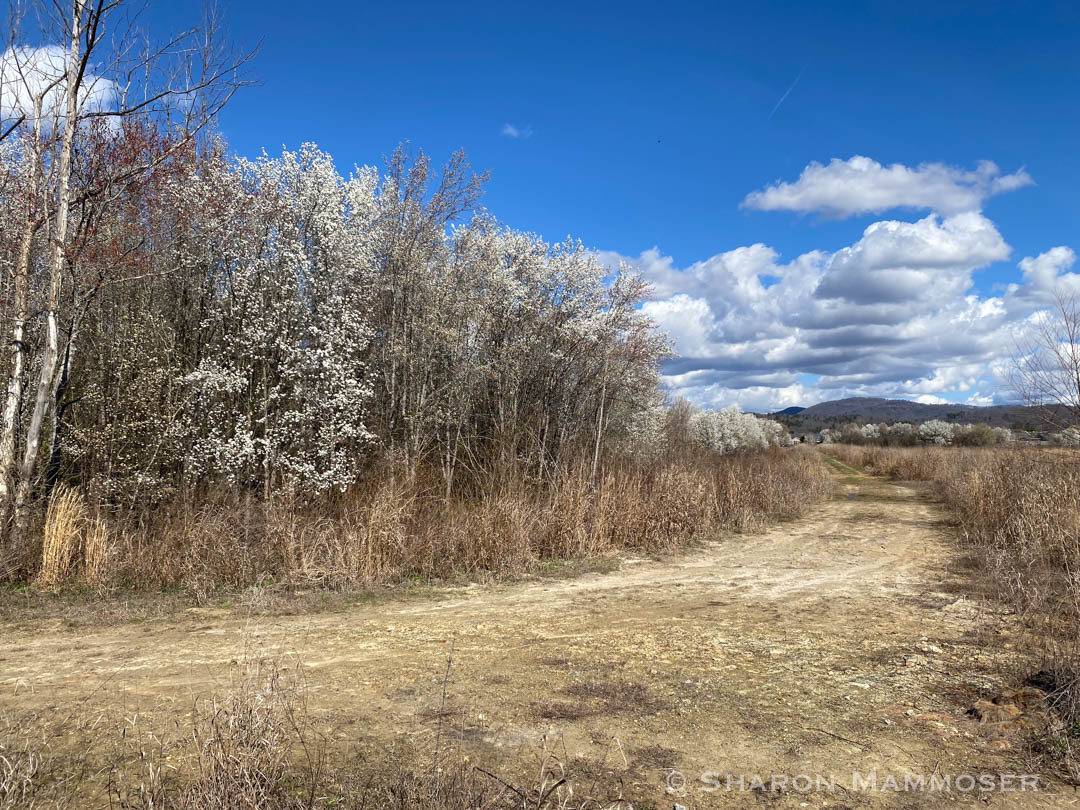

Replacements:
- Flowering Dogwood (Cornus florida)
- Black Cherry (Prunus serotina)
- Serviceberry (Amelanchier arborea)
- Redbud (Cercis canadensis)
- Red Buckeye (Aeschylus pavia)
- Fringe Tree (Chionanthus virginicus)
English Ivy, Hedera helix (This vine easily takes over an area, and then escapes into nearby wild areas and yards, strangling native trees, shrubs, ferns, flowers, and other plants. Give this vine a hard pass!)
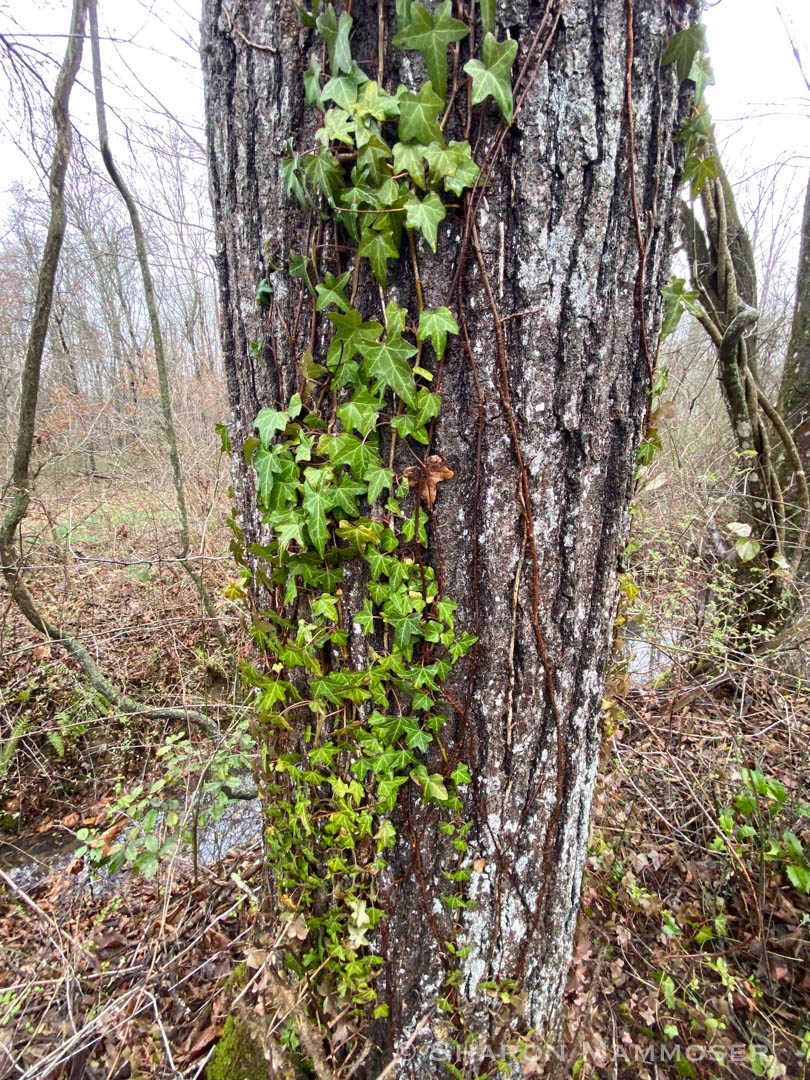
Replacements:
- Virginia Creeper (Parthenocissus quinquefolia)
- Green and Gold (Chrysogonum virginianum)
- Blue Phlox (Phlox divaricata)
- American Wintergreen (Gaultheria procumbens)
- Bearberry (Arctostaphylos uva-ursi)
- Christmas Fern (Polystichum acrostichoides)
- Climbing Hydrangea (Hydrangea petiolaris )
- Crossvine (Bignonia capreolata )
Privet, (Ligustrum japonicum) (This invasive plant can out-compete just about any other plant in a short amount of time. Both Japanese privet and Chinese privet form dense thickets that are just about impossible to remove once established.)
- Winterberry (Ilex verticillata) This is a deciduous holly.
- Evergreen hollies (various species)
- Mountain laurel (Kalmia latifolia)
- Azaleas (various species)
Hope this helps! Start slow and remember to take baby steps. Getting rid of invasives in your yard takes patience, hard work and the determination to make a difference. Don’t give up!
